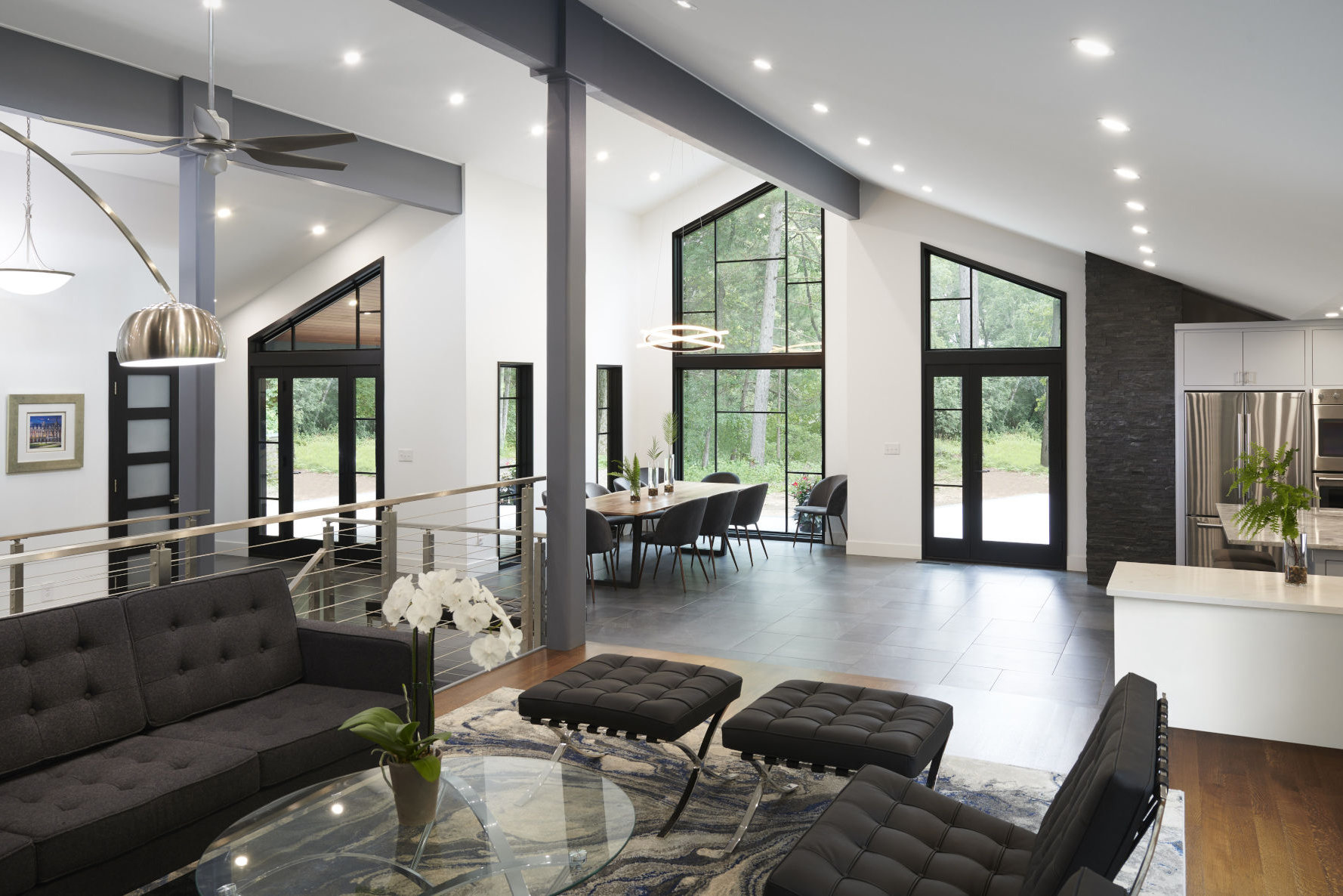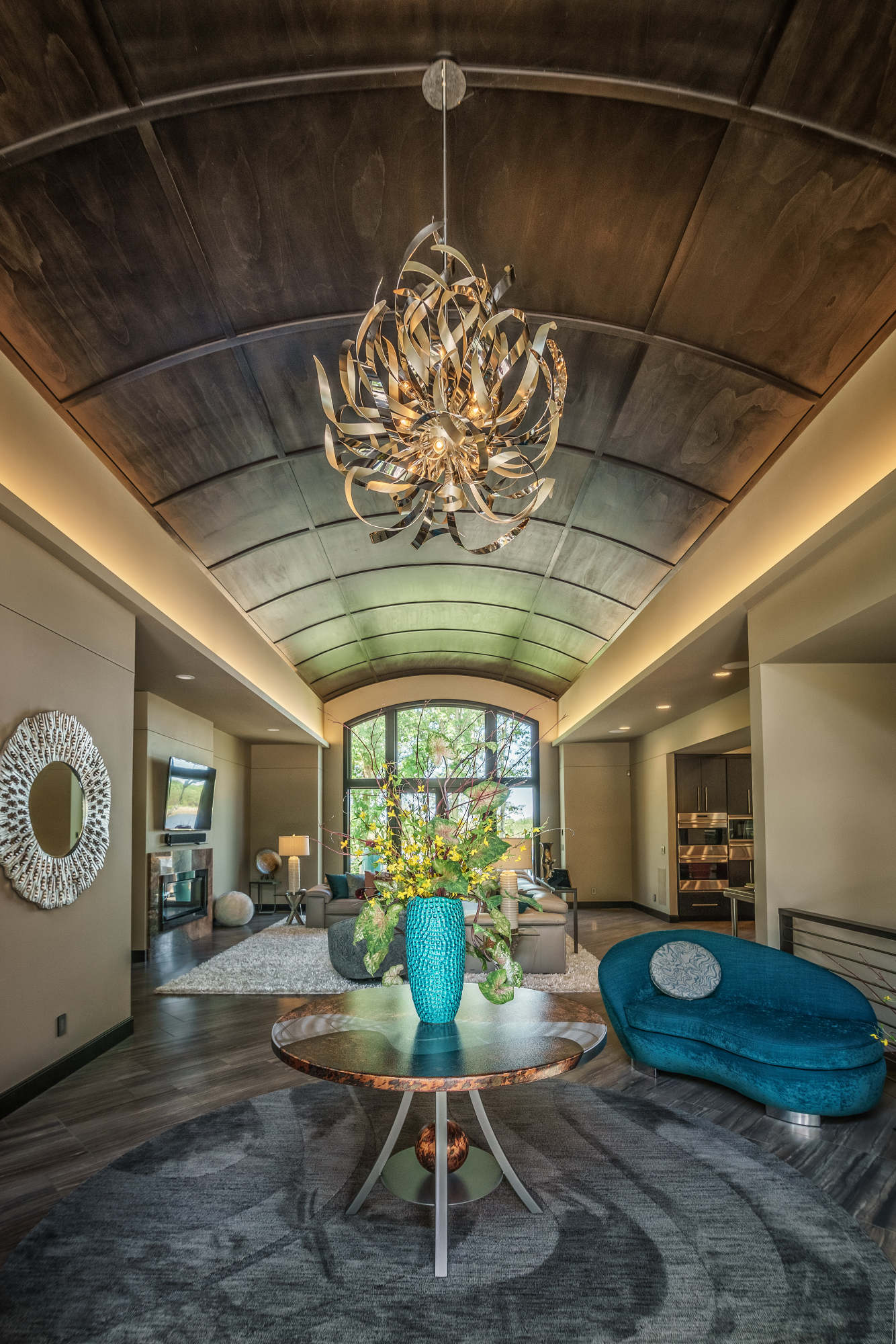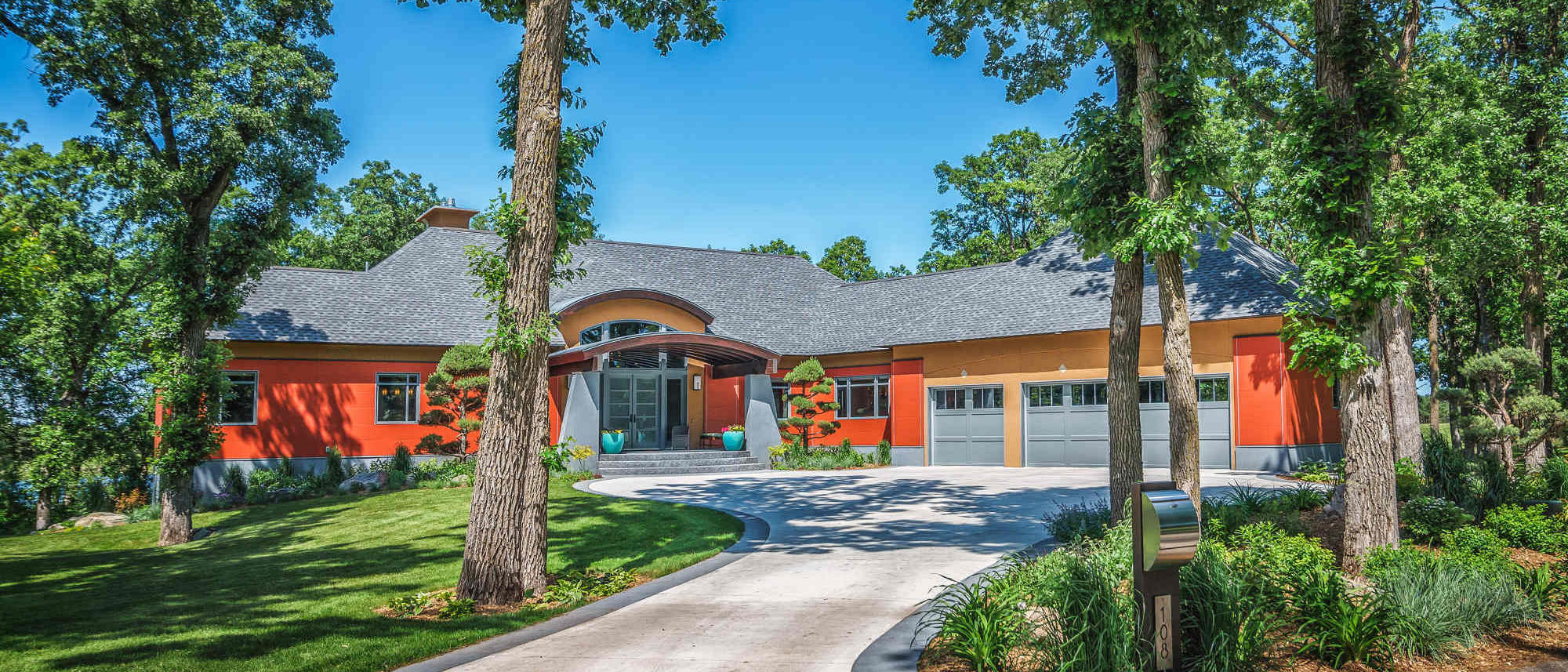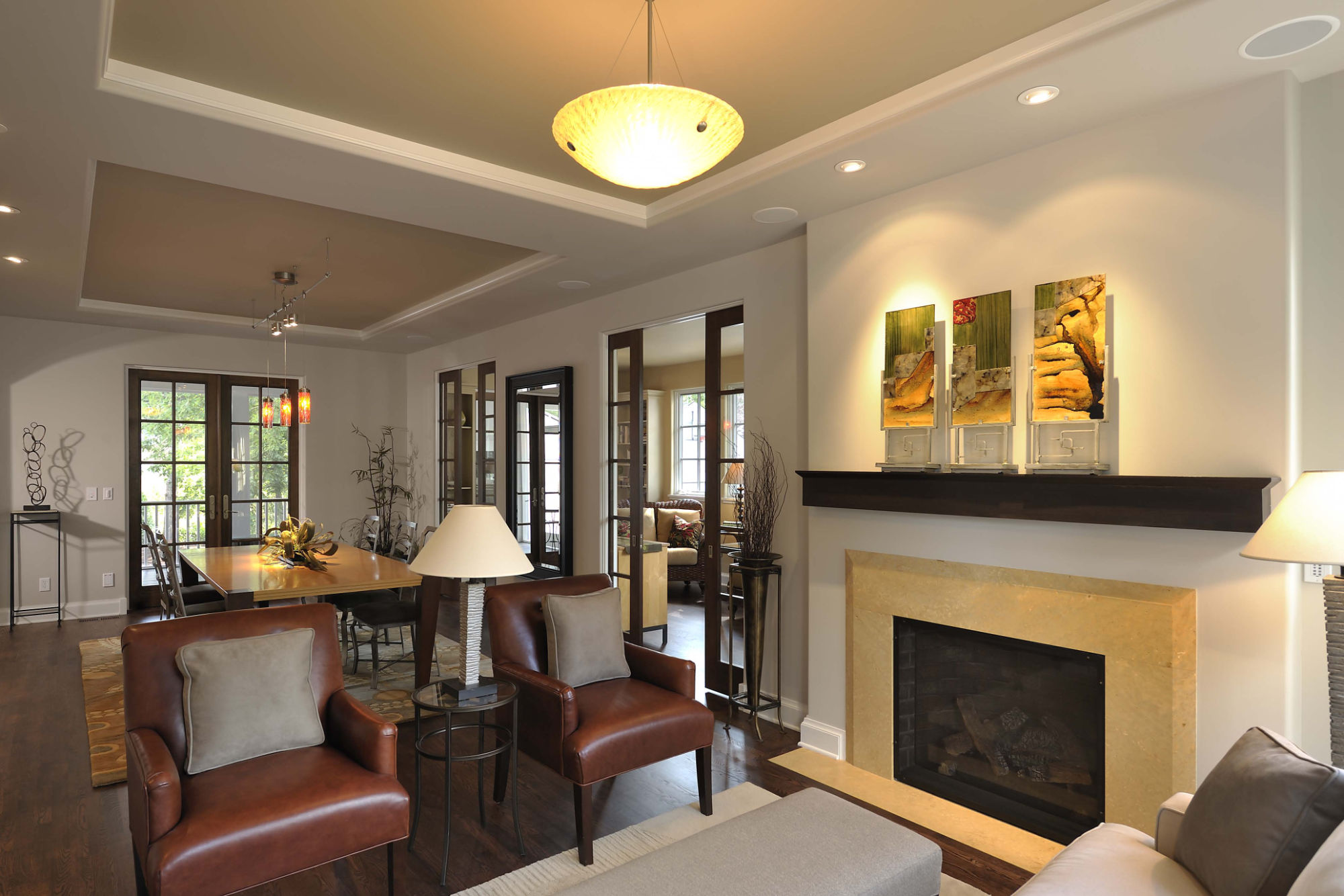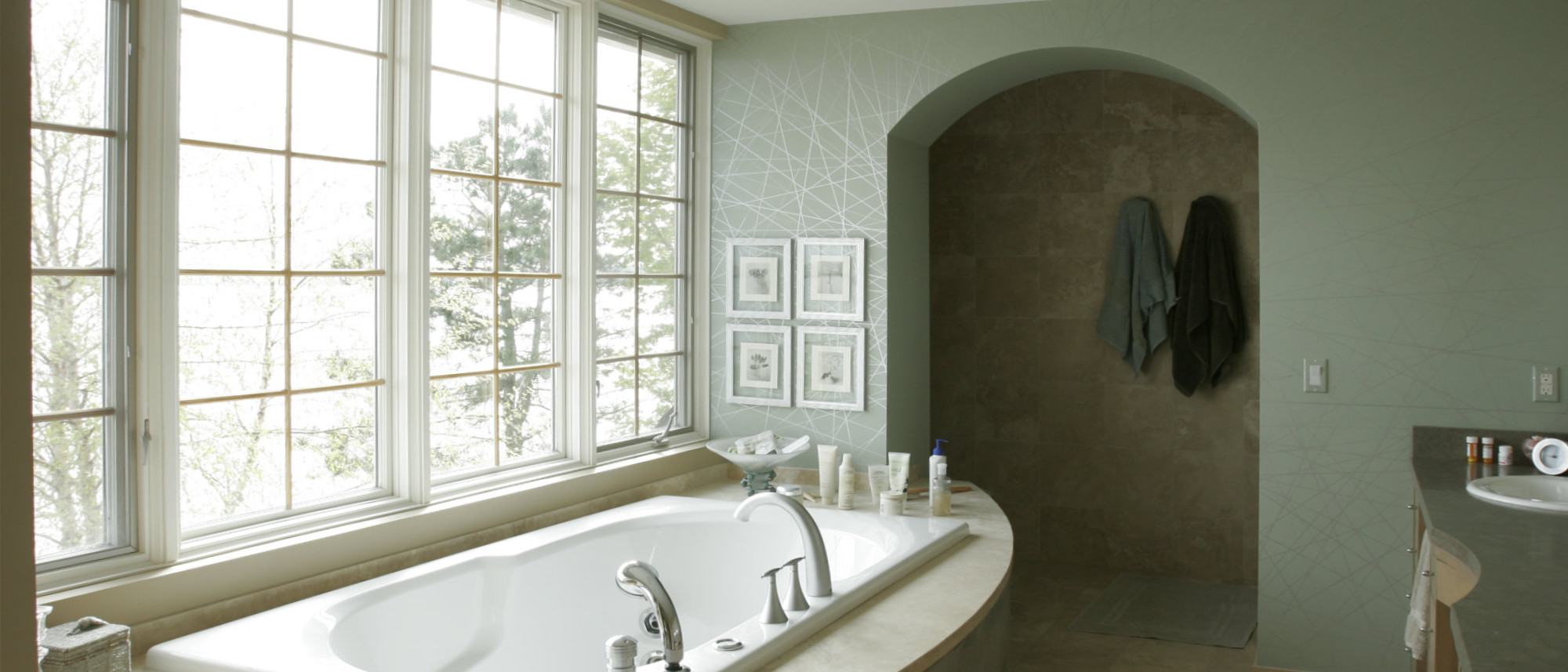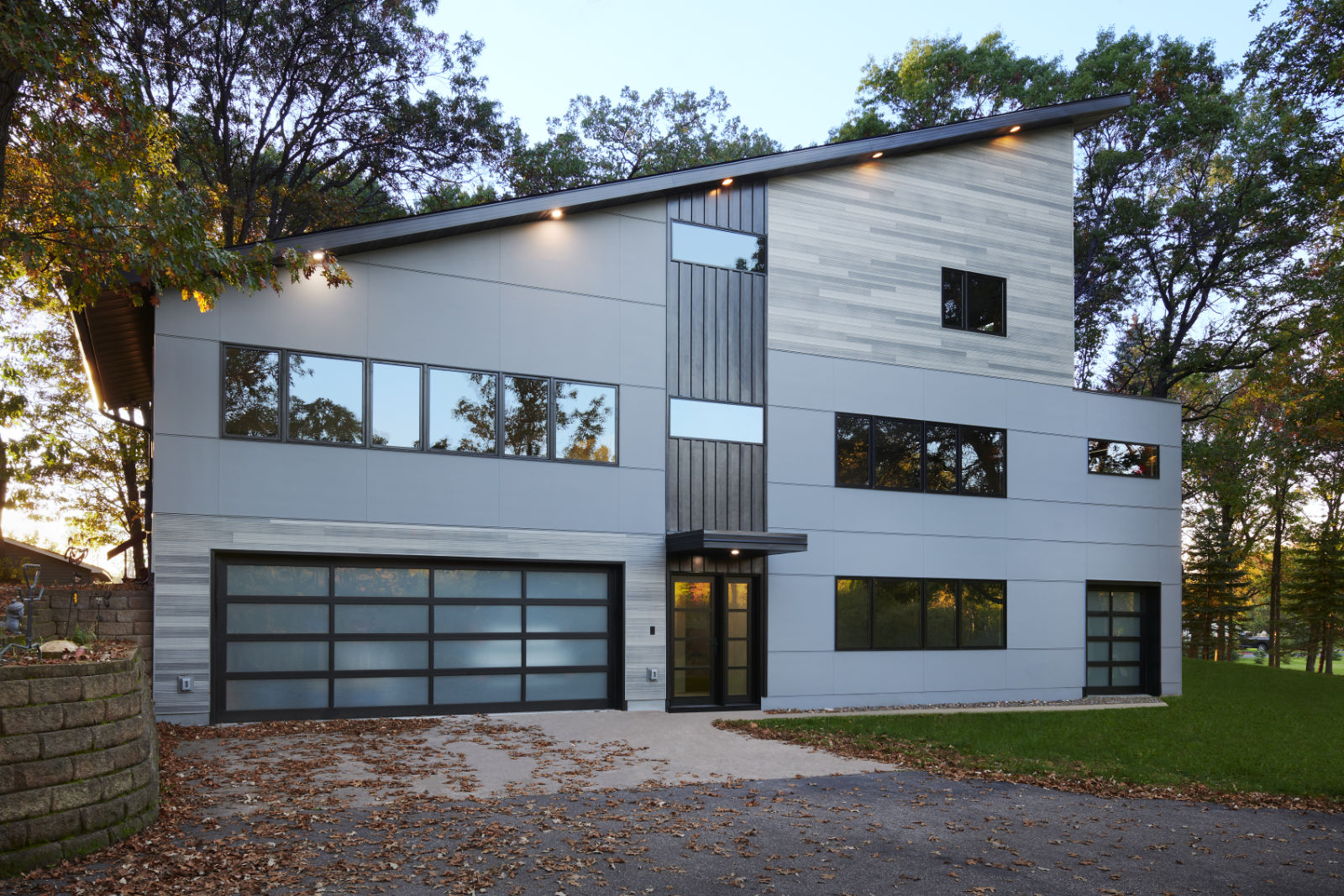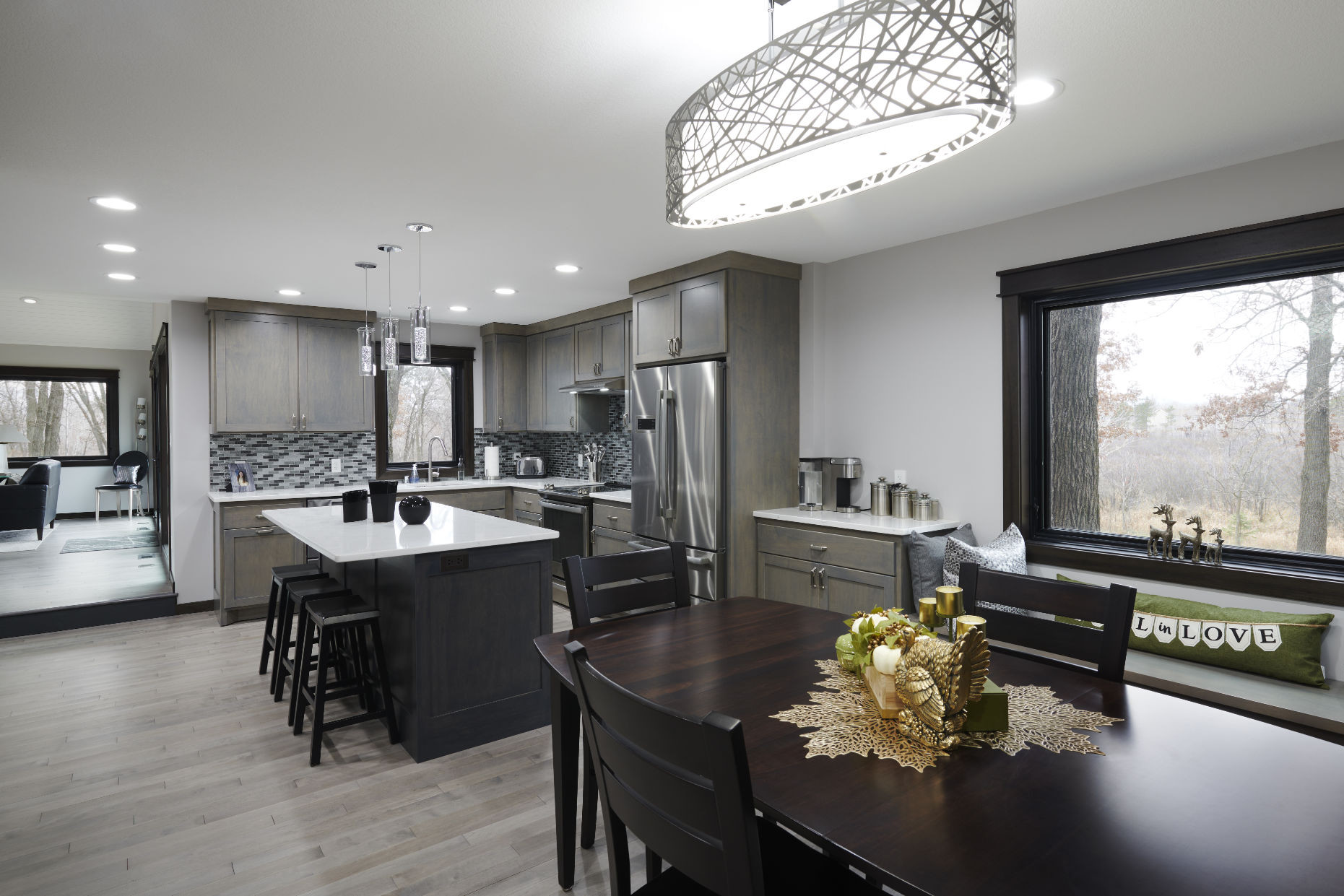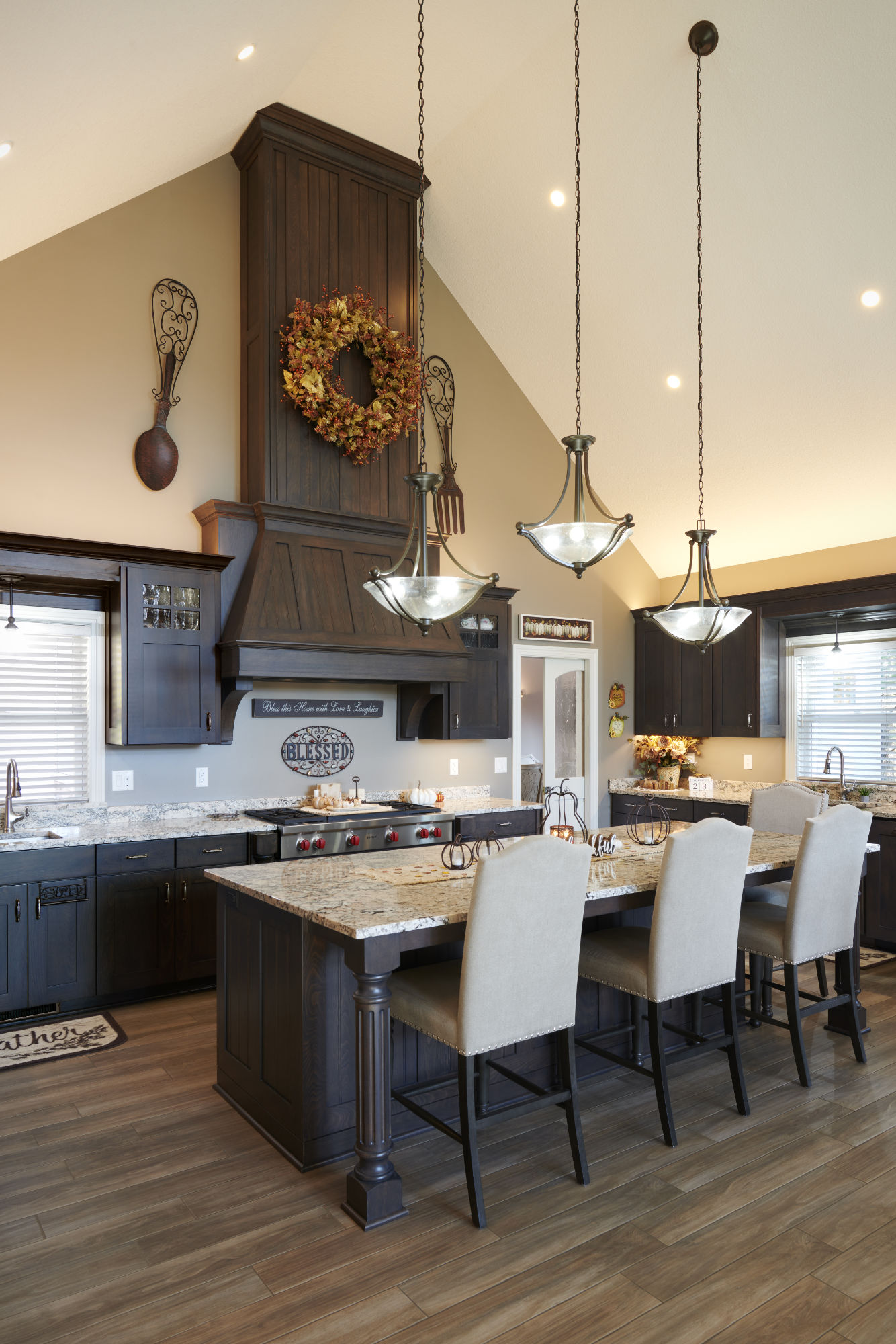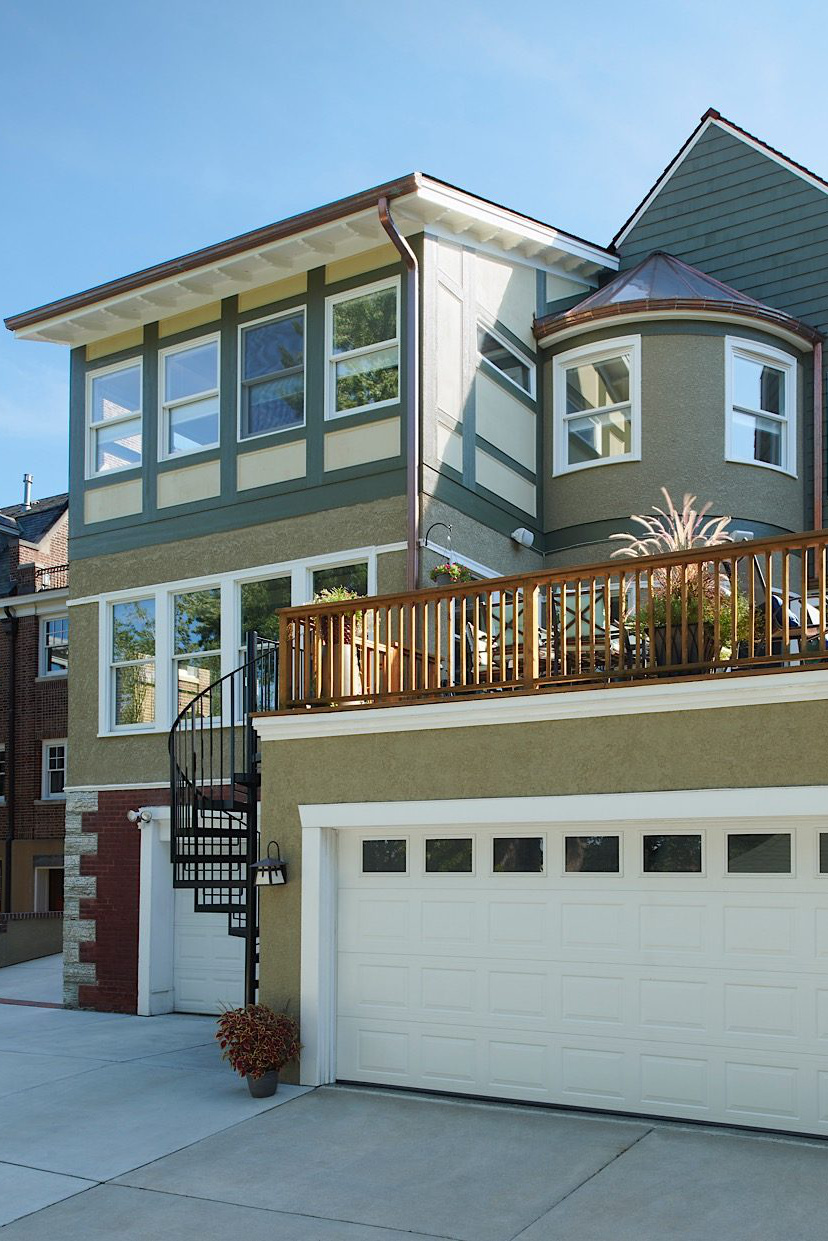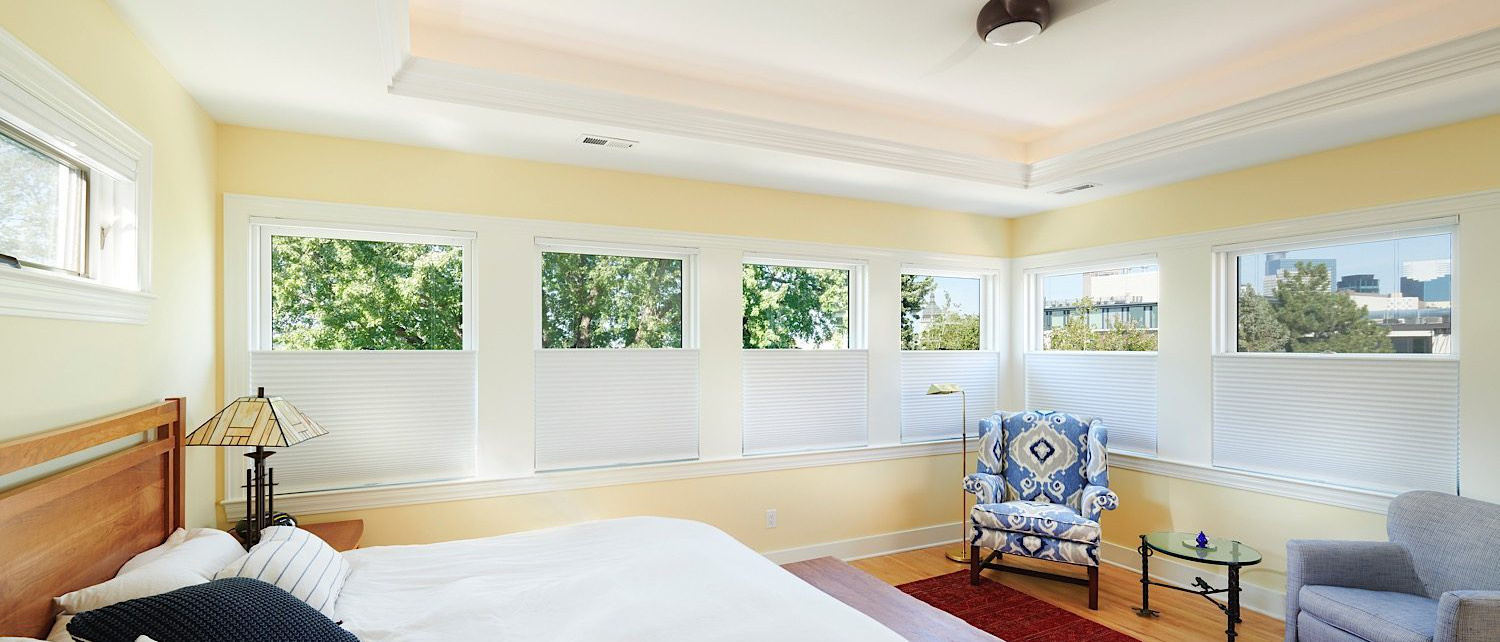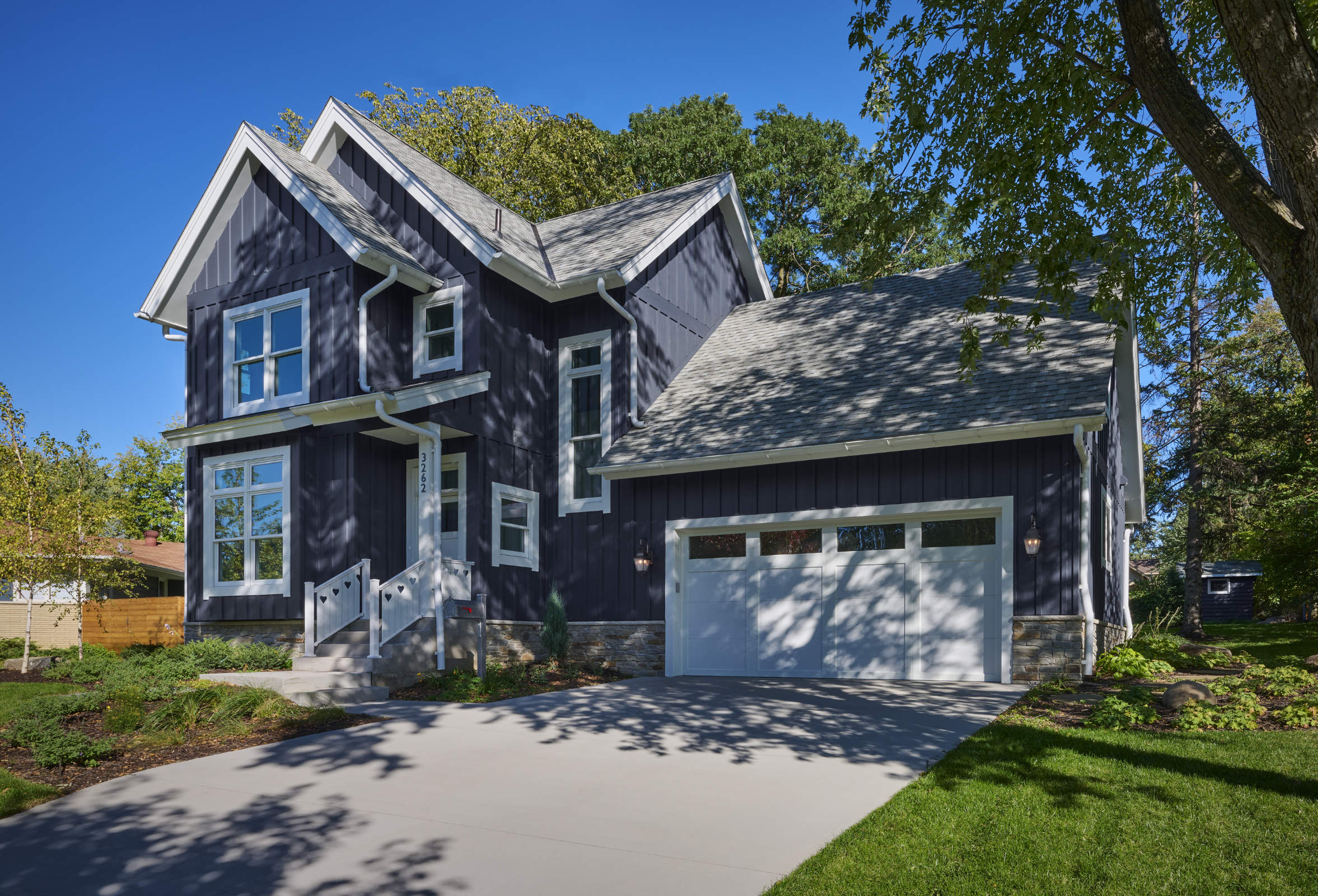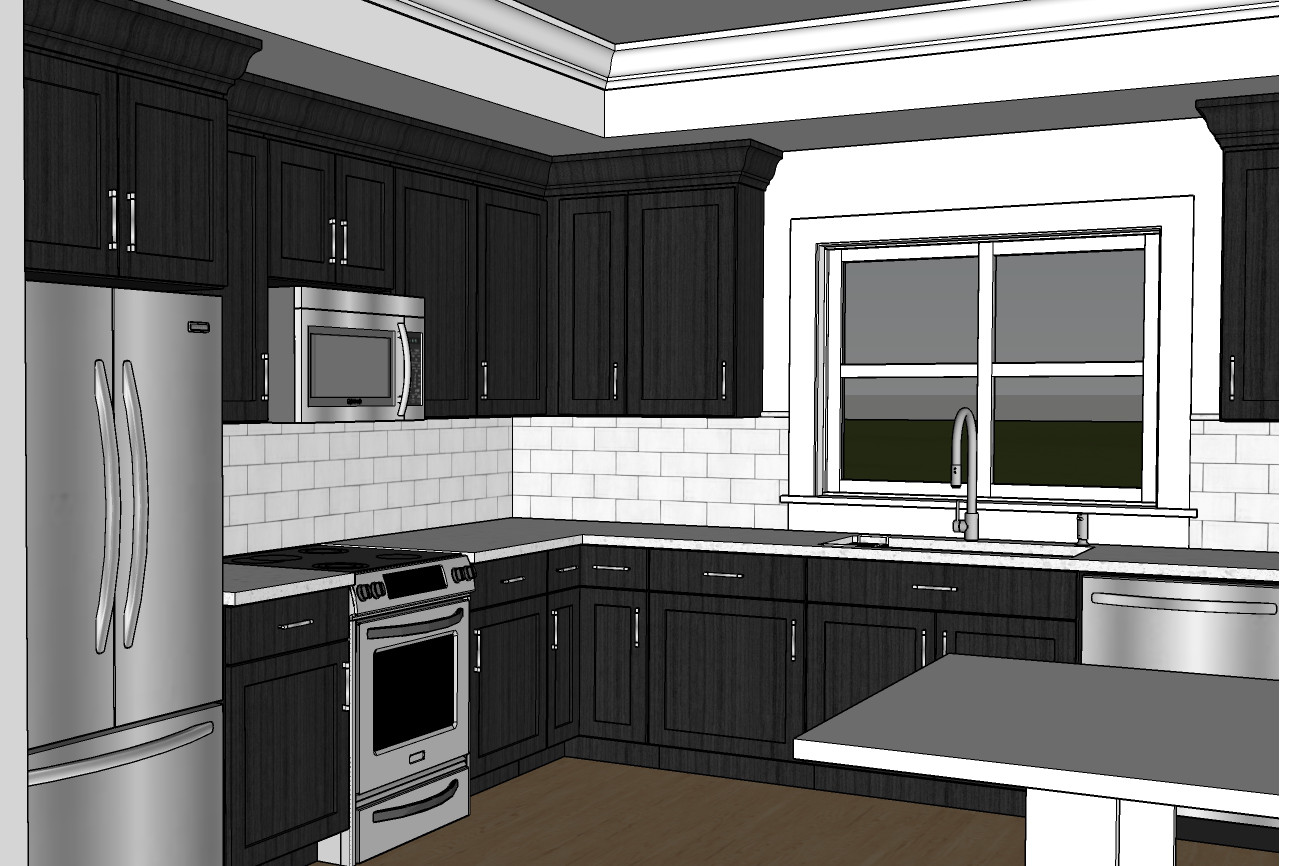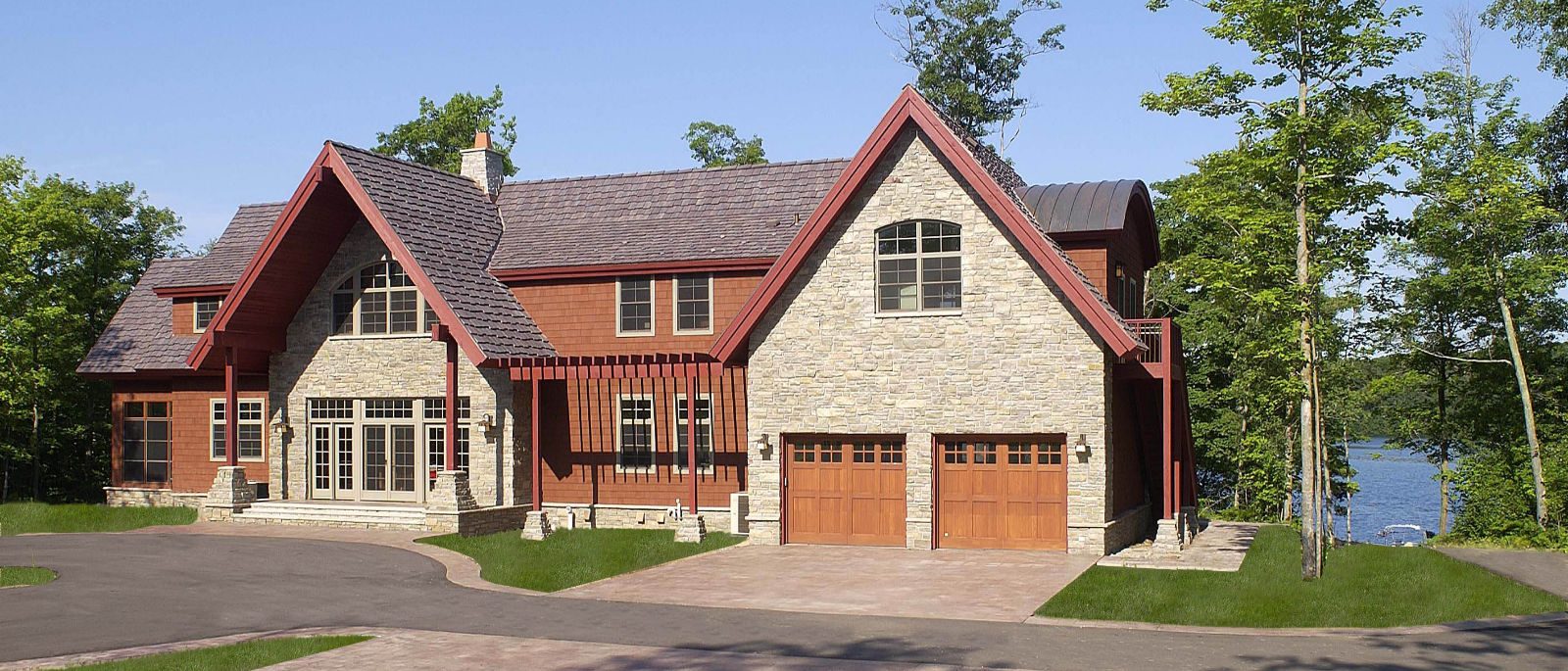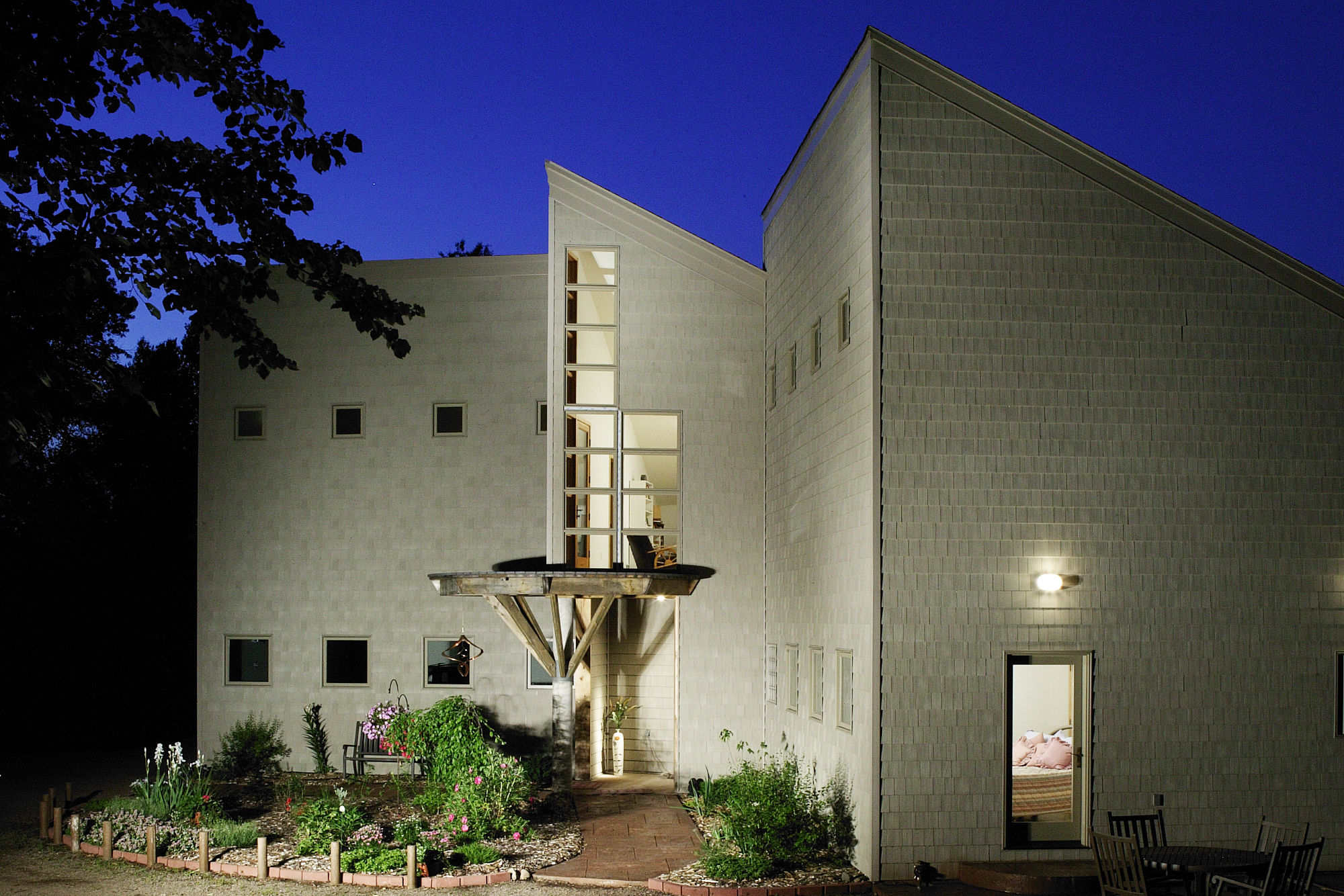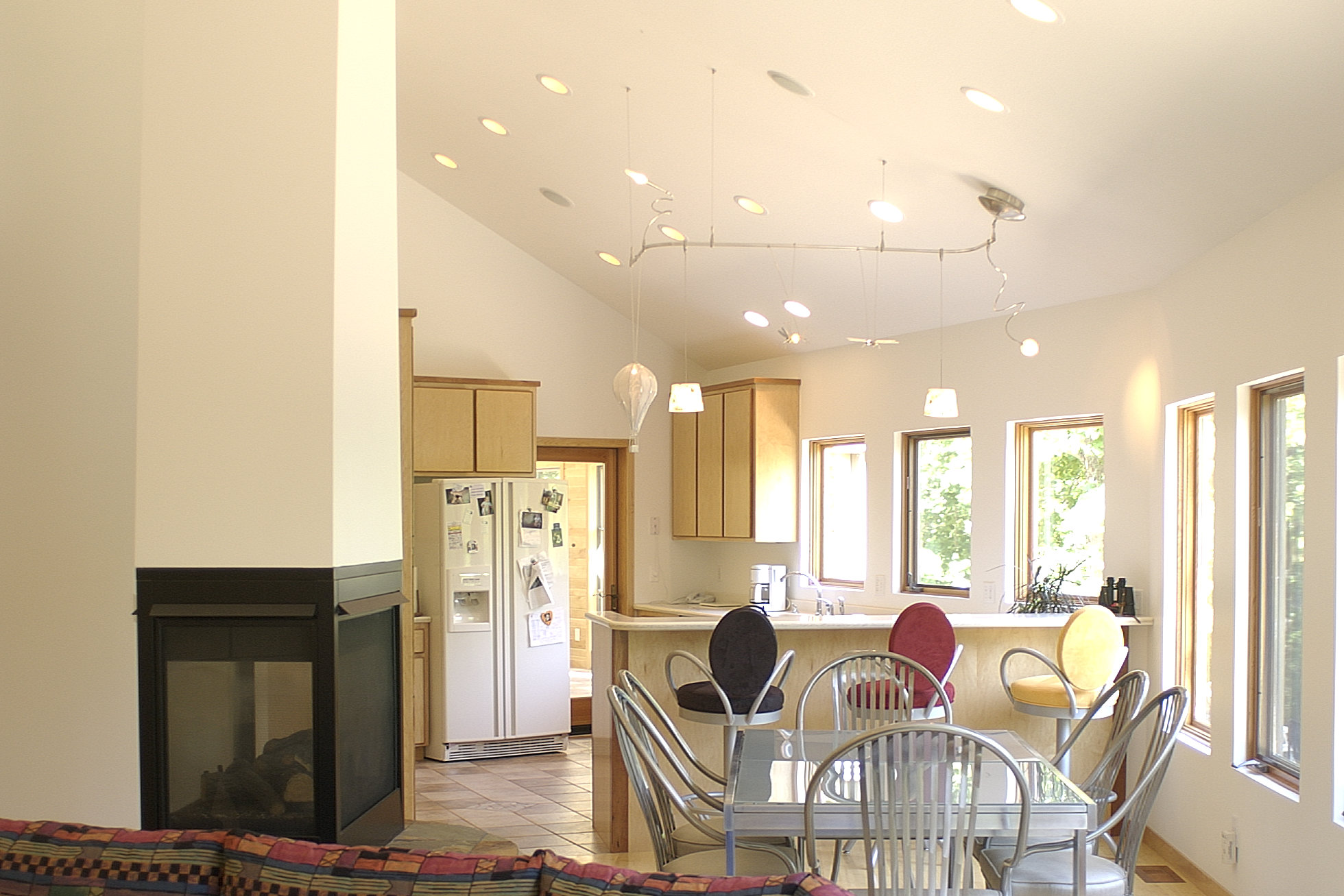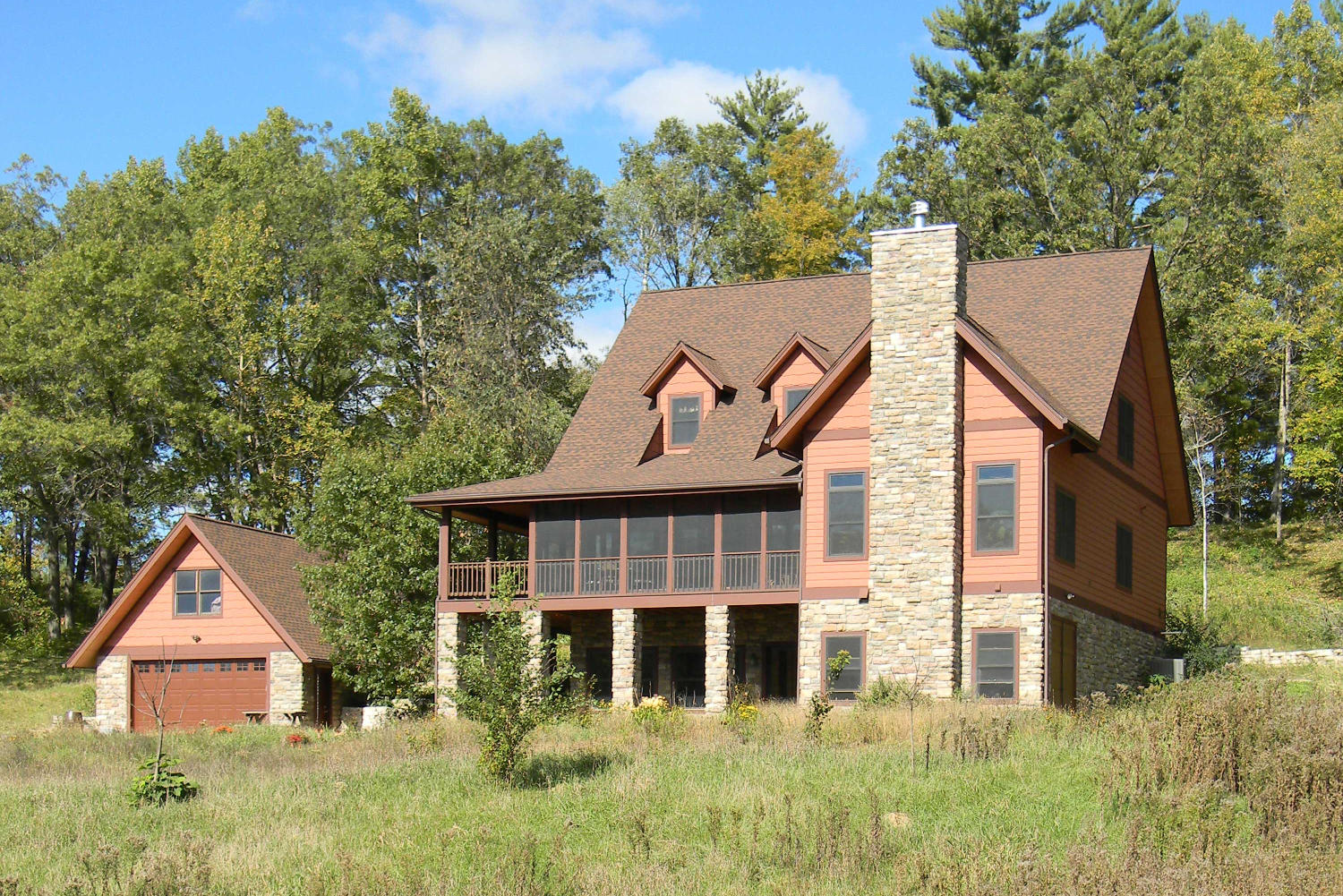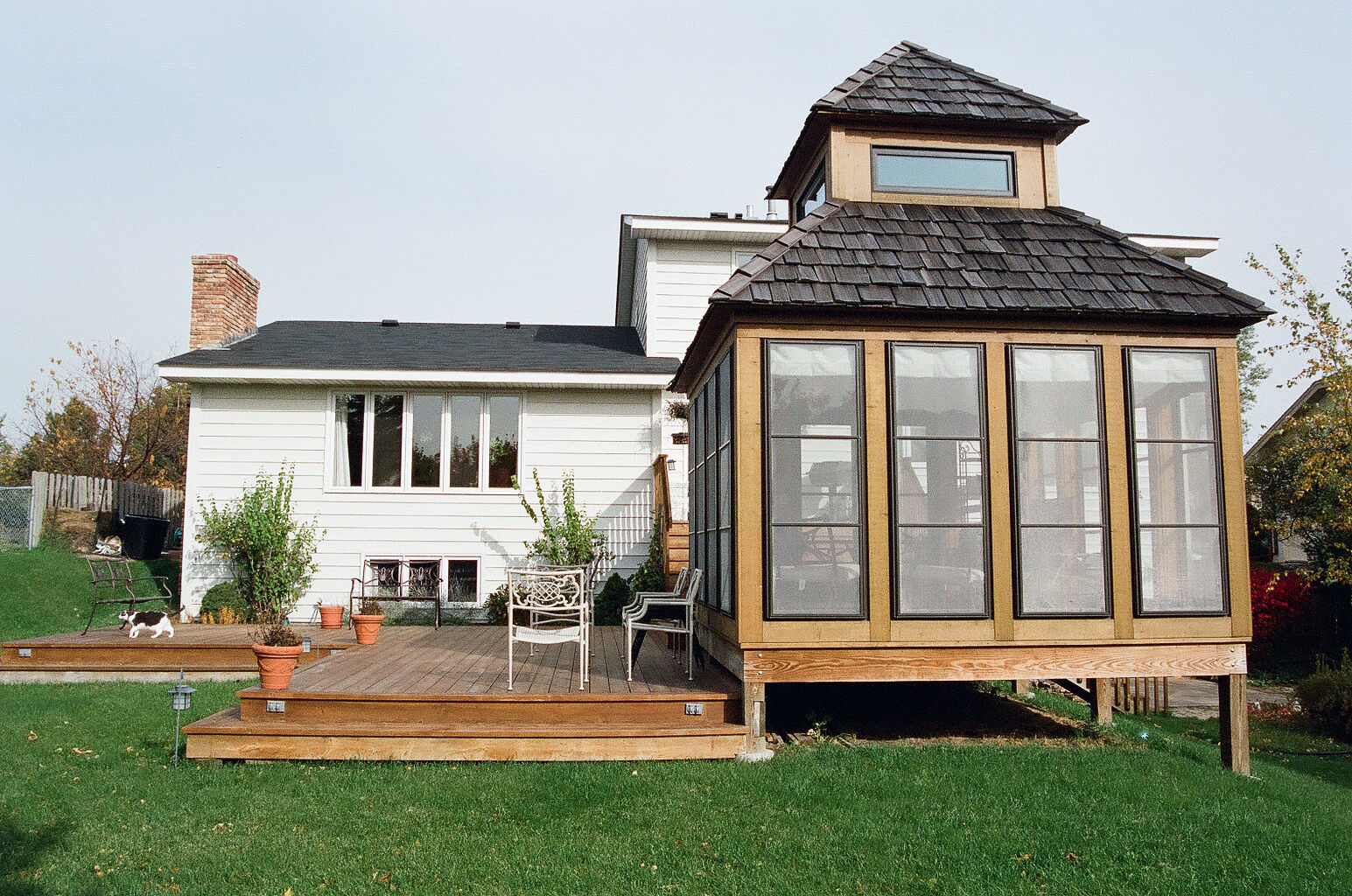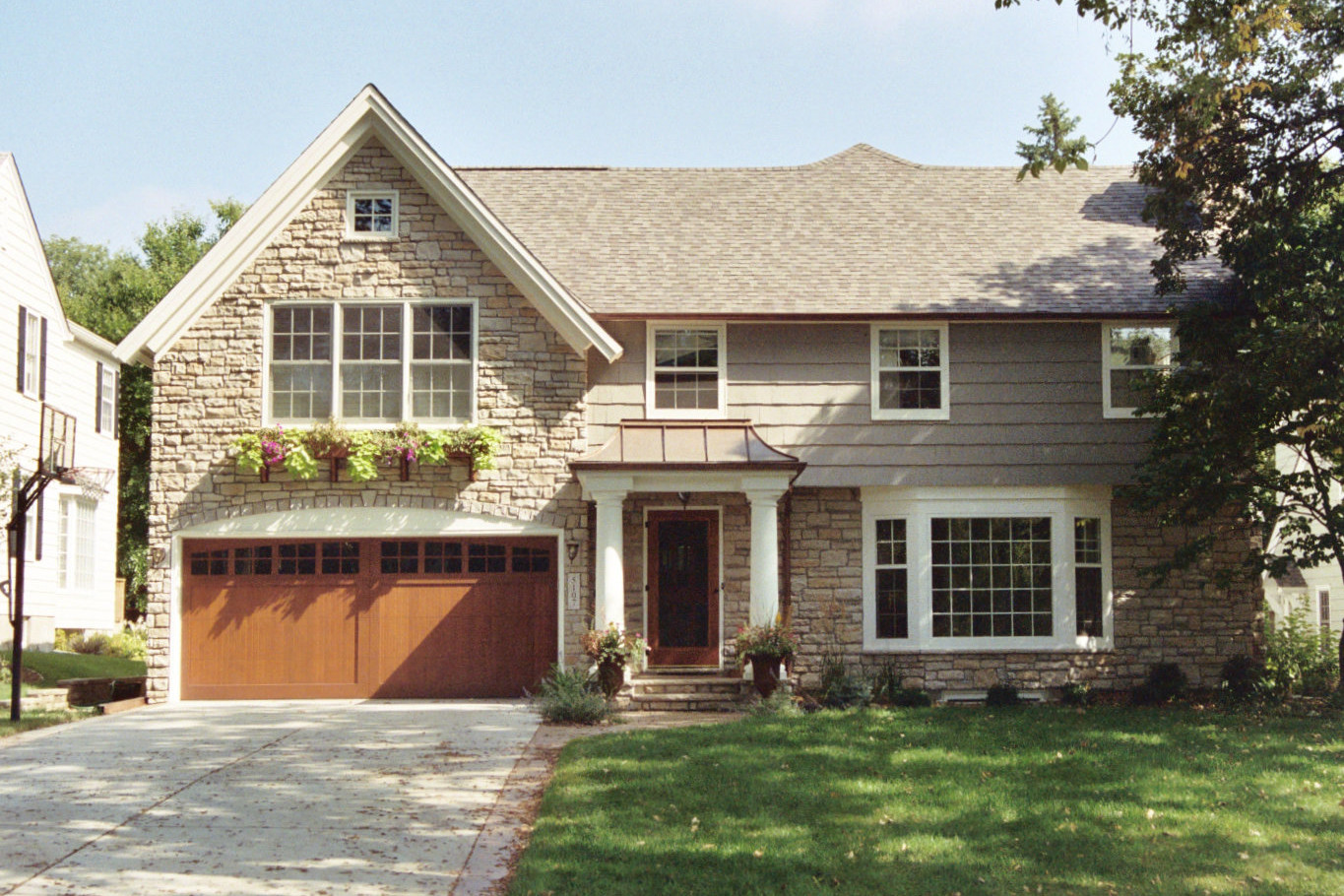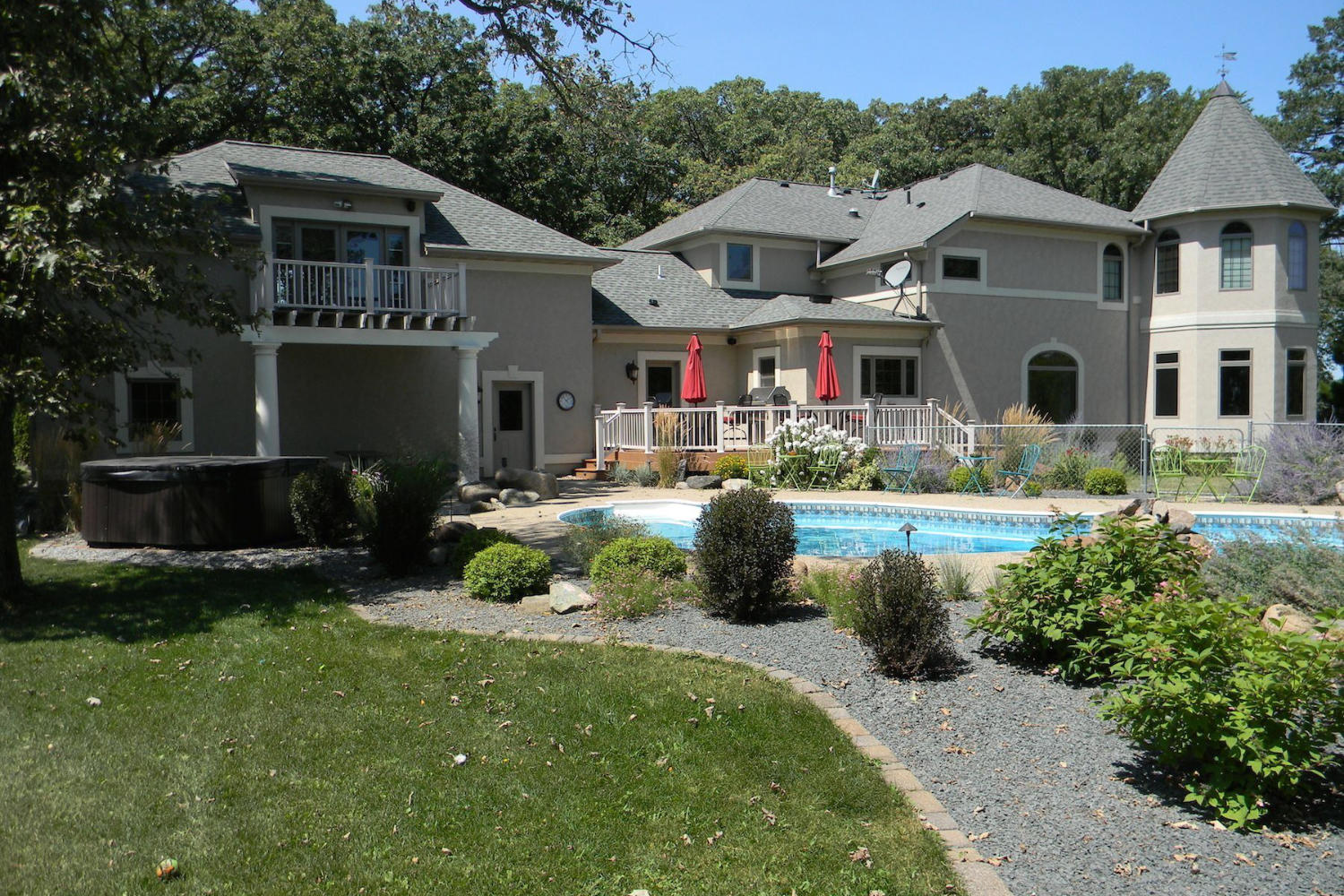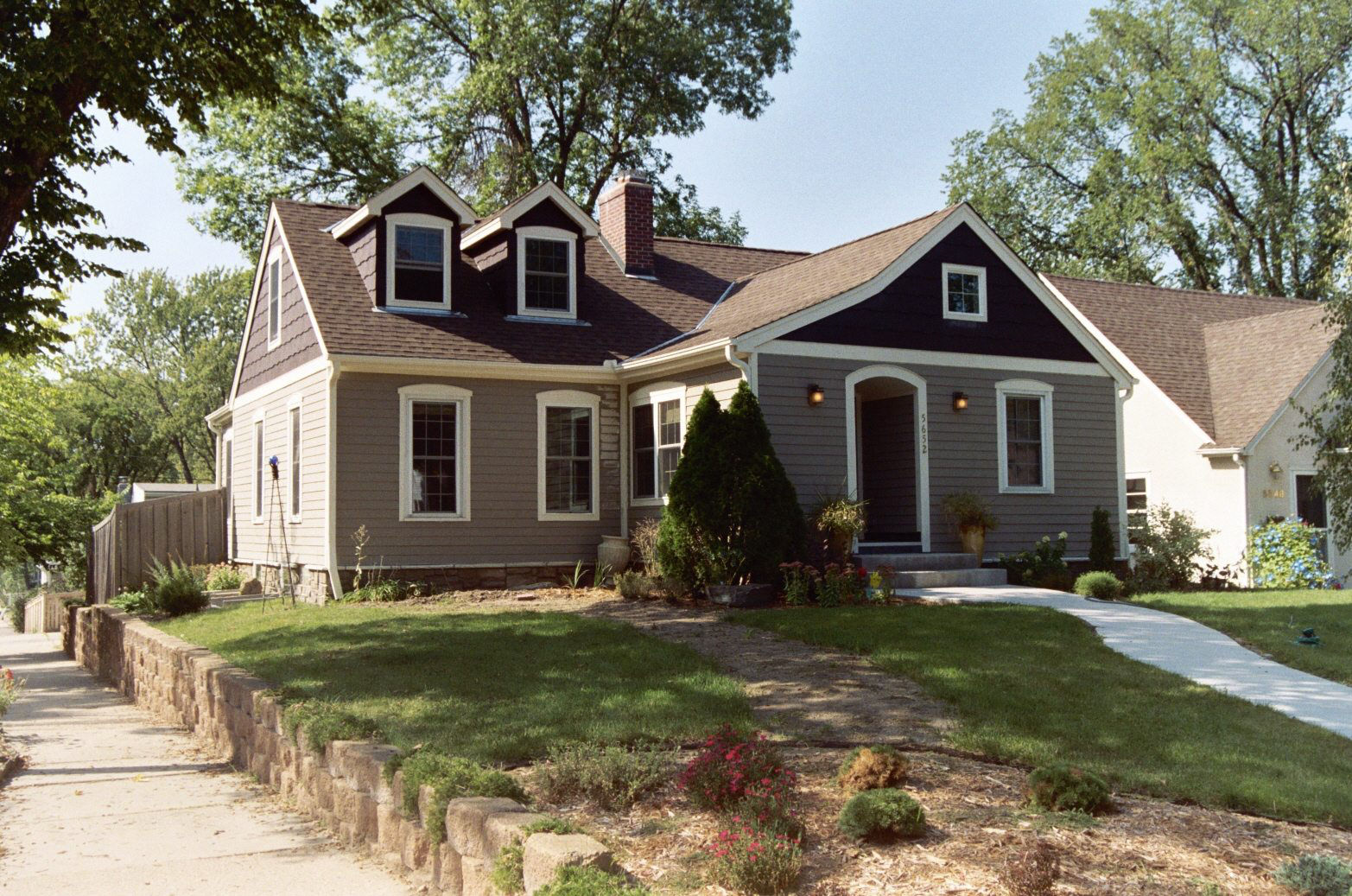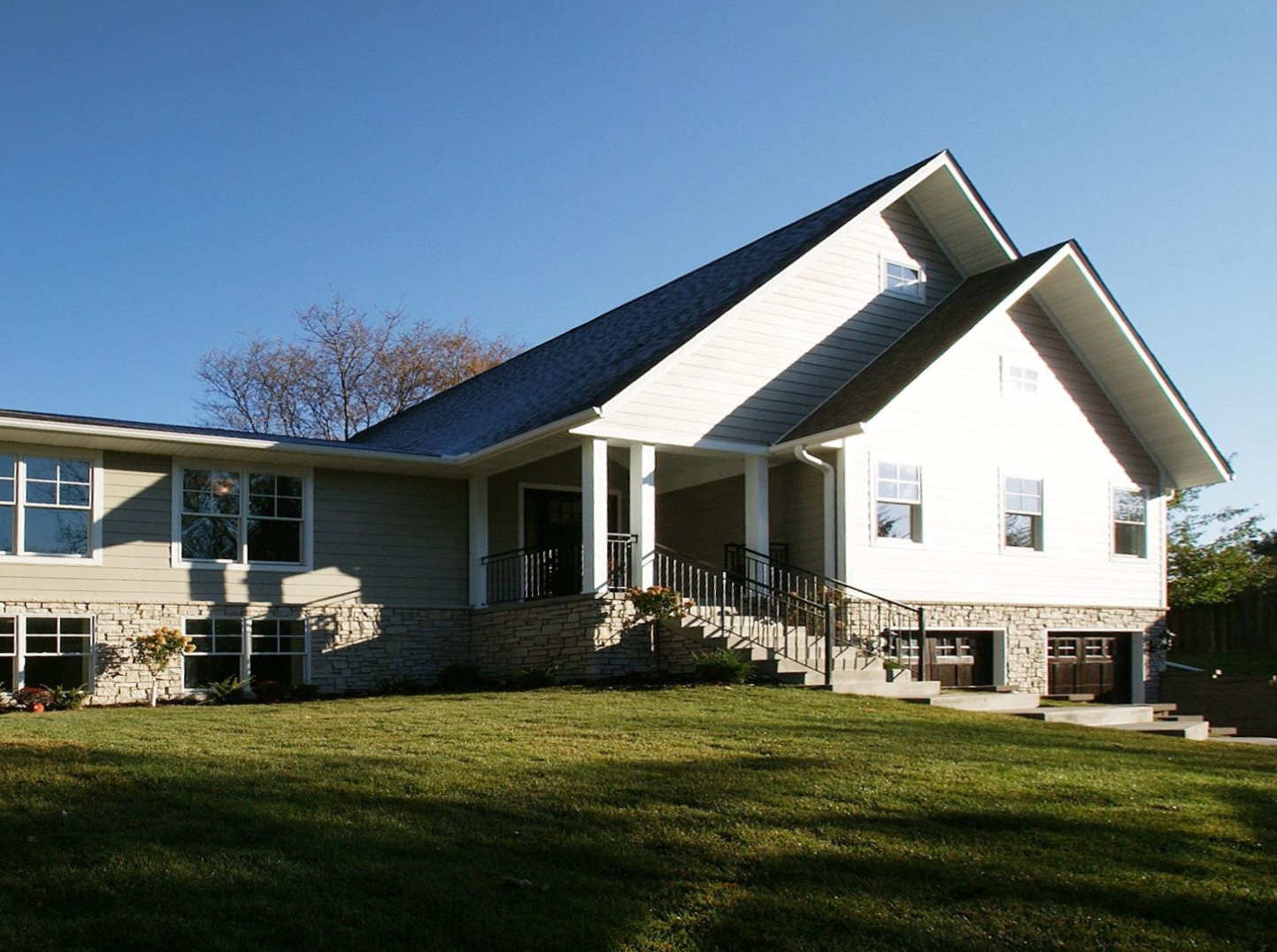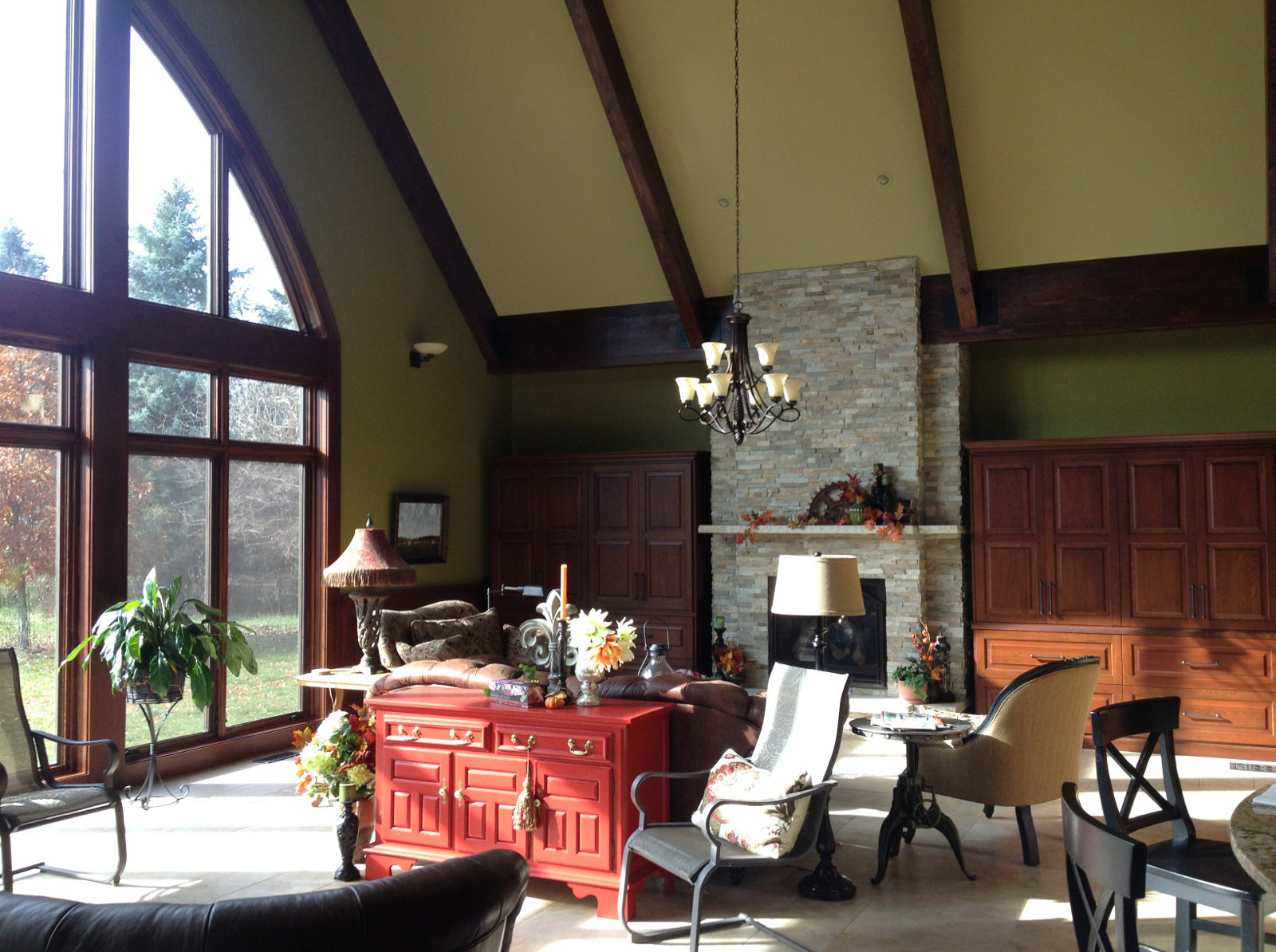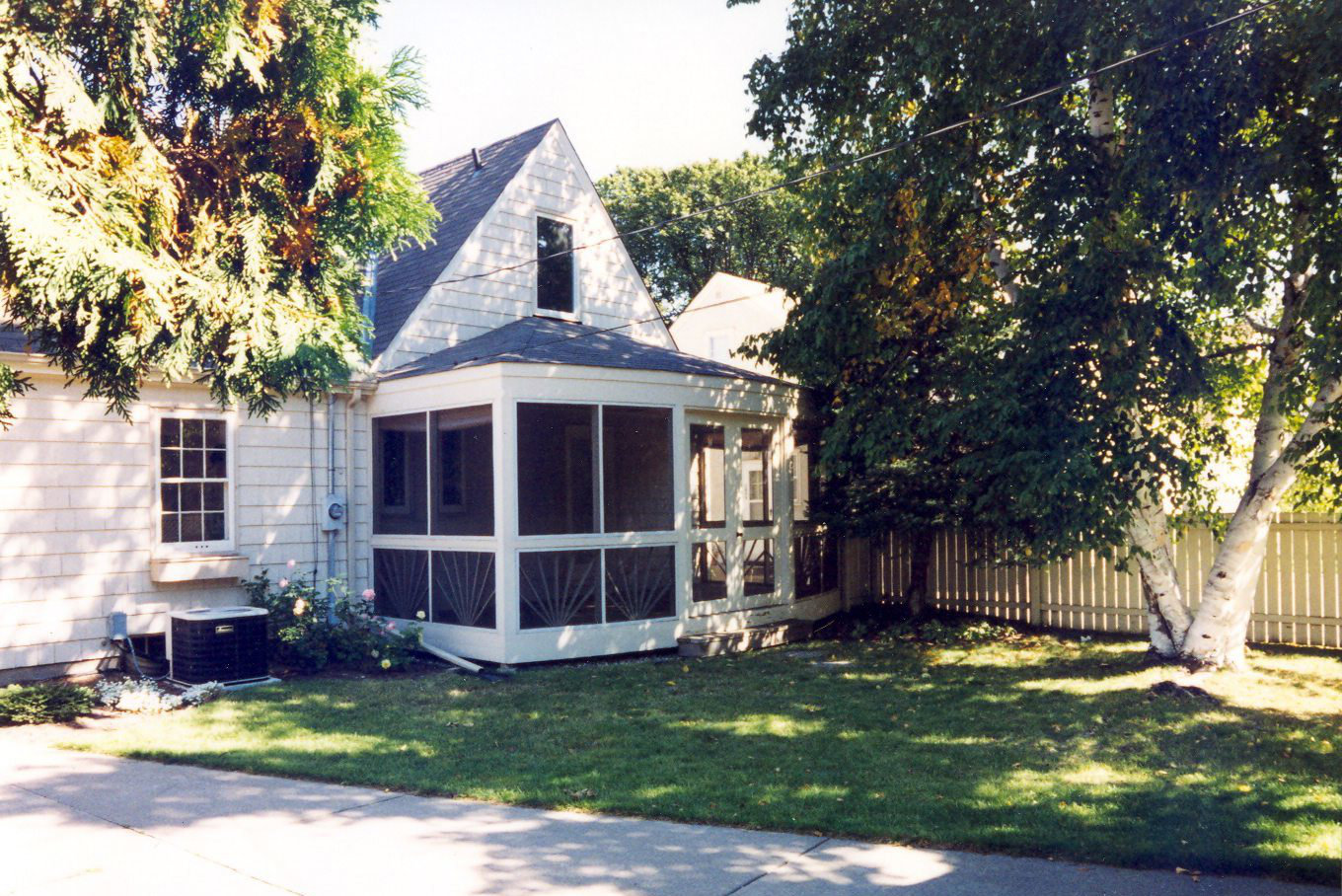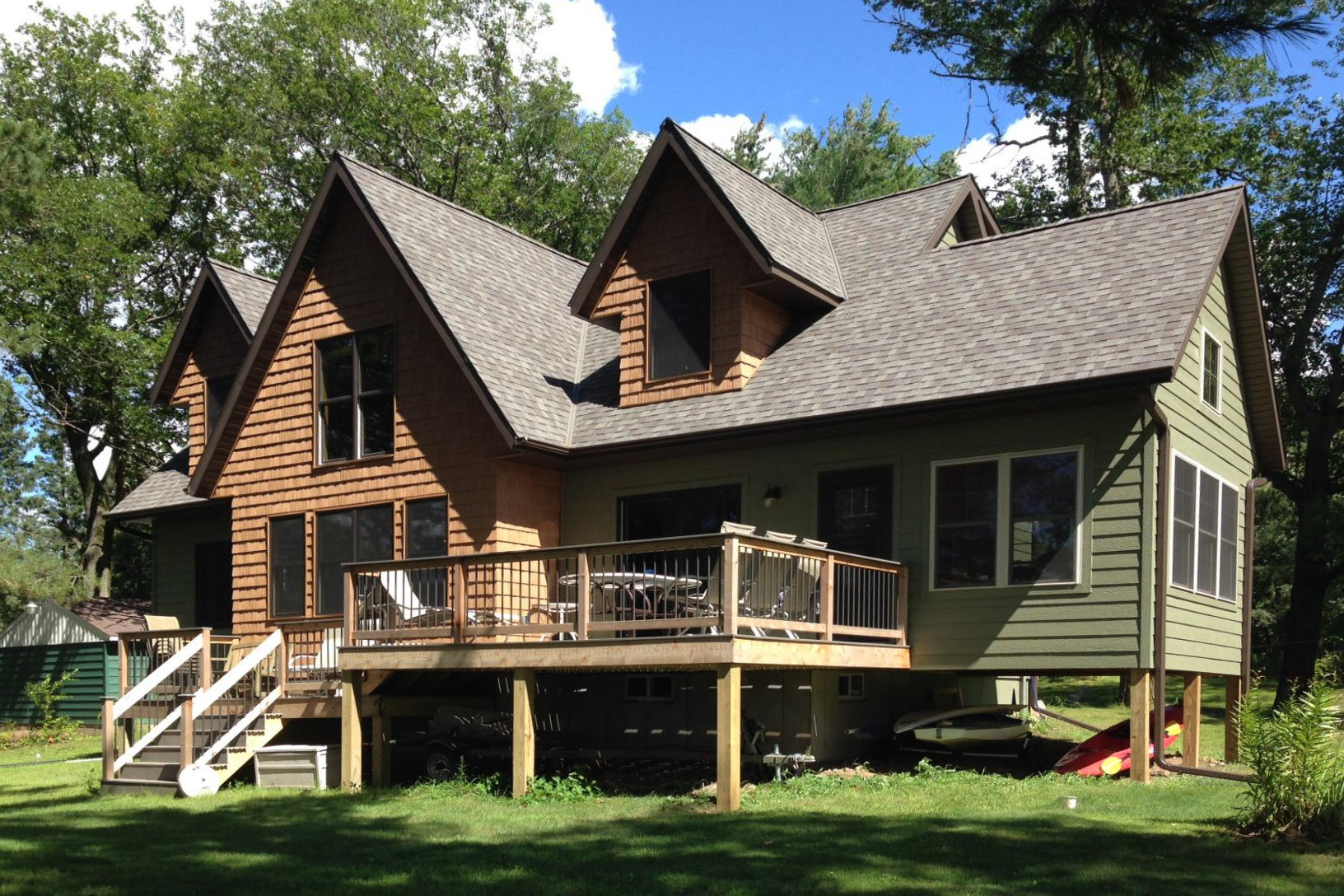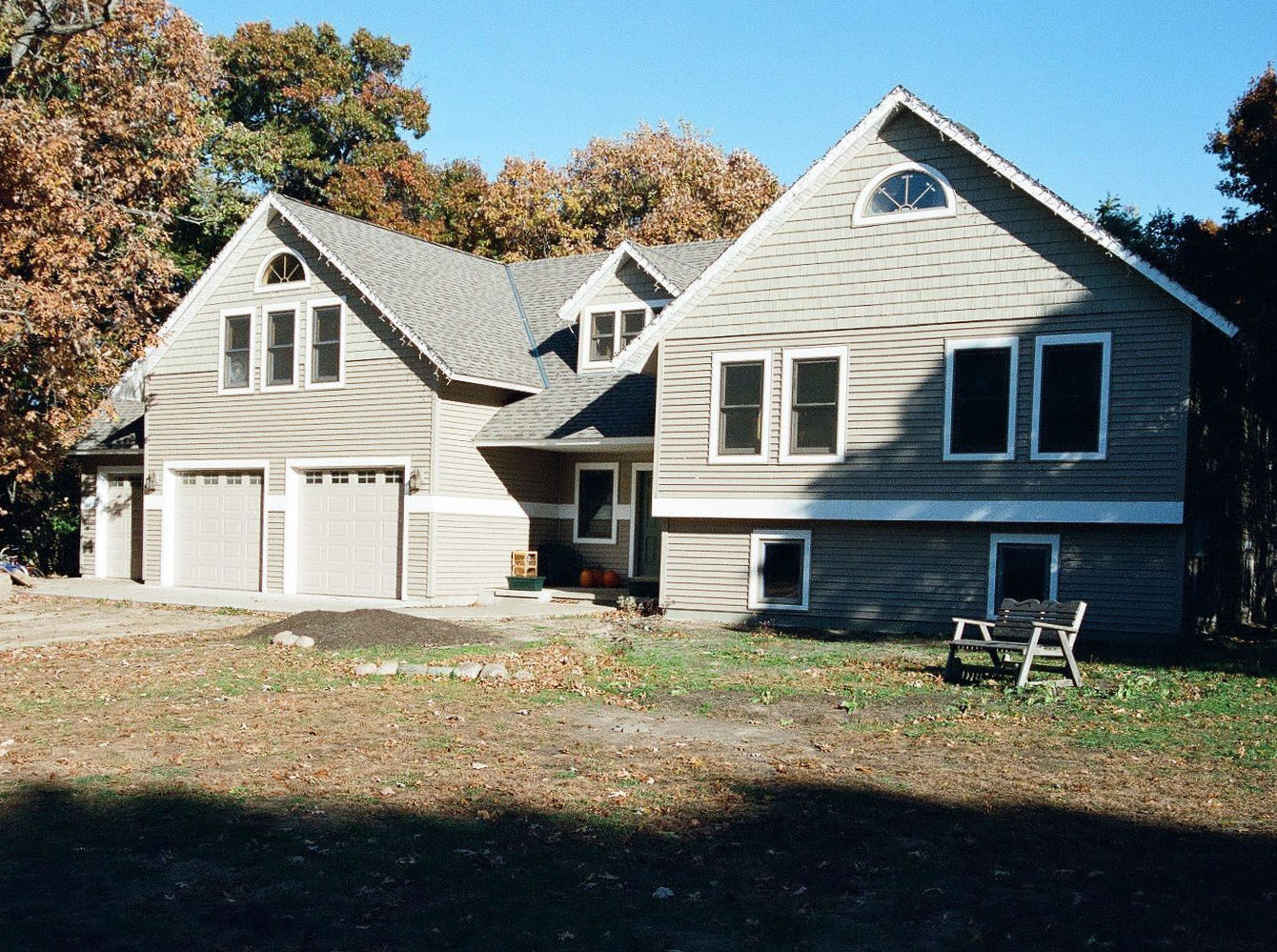Residential Projects
Experience Matters
Chris Doehrmann Architect Inc. was founded in 1991 with the idea that residential architecture is more about the individual client that the residential architect they hire. Chris personally designs each new home, addition, and renovation, providing the individual service that makes creating a vision for your project fun and exciting.
Designing a home is a collaborative process whose success pivots on communication between owner and architect. Through a series of conversations your dreams will be transformed into reality. Step by step you will see a new vision of your home develop as Chris guides you from concept through construction. If you would like to see more of Chris’s past work, whether it be new homes, cabins, additions, or renovations, continue to scroll down.
Tips For Starting A Custom Home Project
Designing and building a custom home is like no other purchase you will make. You can’t just point to what you want and order it. Instead you need to engage in a creative process with a team of professionals including a custom home architect and builder. As you will discover, building a custom home involves hundreds of decisions. After choosing your lot, the most important decision you will make is who will design and who will build your home. Your challenge is to select the right team for your project and for your pocket book. It can be a demanding and sometimes frustrating process, but the payoff for all of your effort and money is a custom home tailored to your family’s needs, tastes, and dreams. (More)(Hide)
Getting started. One of the first questions people ask me is how do I get started developing the architectural design that is right for me? How do I begin to articulate what I want in my project and then communicate that to my custom home architect? The process of designing a custom home can be overwhelming. There are so many decisions to make that it may be hard to know where to begin. As your custom home architect we start at the beginning. We first get to know who you are and what is important to you. To assist in that process we have developed our Home Design Guide. The Home Design Guide is a series of questions aimed at helping you communicate your hopes and dreams for your project. Step by step, space by space, room by room you will be able to start communicating the styles you like, the architectural design features you want, and how you see yourself living in your new home.
We also encourage you to keep a binder of clippings from magazines of different features you like and even of some you don’t. As we go through the design guide with you and see the things that you like, we begin to formulate a vision of your style and priorities. The guide helps us to ask the right questions so we can design a custom home that compliments your lifestyle and reflects your personal tastes. Download the Home Design Guide with our compliments to start the process off right and then Contact Chris when you are ready to make your hopes and dreams for home come true.
Determine your level of involvement. The next step in the process is to decide how much involvement in the process you are comfortable with. Are you willing to expend the time and energy going to show rooms to select finishes and fixtures? Or would you rather choose from a few recommended options in each category? Do you want to be in control of all the decisions, or do you want someone on your team to be responsible? Are you willing to take on more responsibility and assume more risk for the project outcome in exchange for lower design costs?
Whatever level of involvement you choose, it is best to assemble your team early to take advantage of each member’s expertise. You may even want assistance from them on evaluating the land you are considering for your new home. Building a custom home should be one of the most rewarding experiences you will ever have. A carefully chosen team of professionals you trust, respect, and work well with will go a long way to assuring that it is.
Select a qualified residential architect. A licensed architect is qualified by education, experience, and by a rigorous state examination to take your home from concept though construction. A custom home architect can provide you with a full range of services including working with you to create architectural designs; developing a preliminary budget estimate; producing construction drawings and specifications to be used in bidding and for construction; and on-site construction observation once construction begins.
Determine your level of service. You can also work with an architect to provide different levels of architectural service on your custom home project. To get the greatest benefit you can hire a custom home architect to design your home, produce the construction drawings & specifications, and then observe the construction. This is available through our Bid Set level of service. You can also decide to utilize an architect to design and produce a basic set of construction drawings for your custom home while working out the details and specifications with your builder and then trusting them with supervising the construction. This is available through our Builder Set level of services. Or you may want to hire an architect to develop the design and then take it to a draftsman who will create the construction drawings for a lower fee which is our Design level of service. Again, as with the Builder Set, you will need to rely on your builder to work out the details and specifications while also overseeing the completion of the project.
If to save money you decide to reduce the amount of involvement of your architect, you also give up some important benefits an architect can provide. Your custom home architect can help you make good decisions, avoid making costly mistakes, and make sure your construction dollars go where they will benefit you the most. They can also develop detailed construction drawings and specifications that will help you obtain comparable bids and ultimately build your home the way you have designed it. So don’t be too fast to cut corners in an effort to spend less in architectural fees. First consider all you are giving up and what that could cost you in the end.
Choose the right builder relationship. After you have purchased your land and selected your architect your next step is to choose your builder and the type of relationship that will work best for you. There are two different relationships you can choose, competitive bidding and negotiated bid with each having its own benefits. For either approach you will want to narrow your choices to only well qualified candidates based on experience, reputation, and business stability.
If you want to make sure you are getting the lowest bid and you want to set the price before you select a builder you would choose to bid your project to multiple builders. In competitive bidding you give a detailed (Bid Set) set of construction drawings and specifications to three qualified builders and ask them to give you a fixed price to complete the construction. You then review the different bids and any suggested substitutions with your architect, compare the bids that are given, and choose the builder that is best for you. You don’t have to select the lowest bidder, you can choose the one you believe will be best for you. It’s up to you.
In a busy housing market choosing a custom builder early in the process and then negotiating the price with them may be the best way to get the result that you want. When builders are busy they may not want to spend the time to bid against others on projects they are not sure they will get. It takes a lot of time to put an accurate bid together so if they are busy they may just give you a high number or choose to not bid at all. In a negotiated process your architect can work with your builder to determine how your design decisions will impact your budget. This will give you the opportunity to scale back your plans or choose alternate materials if costs start to go over budget. Then once you have completed the construction drawings you can get a final price and move on to construction. You can choose either the Builder Set or Bid Set Level of detail for your construction documents. But remember, whatever detail is not provided by your architect, you will need to provide it for your builder.
Select the right builder. No matter what type of contractor relationship you choose, having feedback from a contractor during the design process is critical. Even if you plan to bid your project out to multiple general contractors it is a good idea to ask one if they would be willing to work with you during the design process. They can help you and your architect by developing preliminary construction budget estimates. They will also benefit by getting to know more about your project and your goals which will give them a better opportunity to be chosen by you for the project. A contractor can also provide recommendations for local suppliers and cost feedback related to specific design options.
For a successful project outcome, it is important to look for contractors that value a team approach with you and your architect. You also need to find a contractor that has experience with your type of project and whose average project size coincides with your budget. You want a contractor who does what you want to do. If you value quality design and hire an architect to design your custom home, you should look for a contractor who has experience working with architects or architecturally designed homes. You want to make sure that the contractor you hire can actually build what you and your architect have designed. For more suggestions on how to choose the right contractor you can download our Contractor Selection Guide to help with the process.
If you are ready to get started please download our free Home Design Guide questionnaire and Contact Chris to begin the process of making your dreams for home come true.
Tips For Starting A Remodeling Project
Any Twin Cities home remodeling project begins with the question of whether to move or remodel. No matter what the Twin Cities housing market is like, the question of whether you should move, remodel, or add on can be a complicated one. If you need more space or desire additional amenities or features that your current home does not provide, you have a decision to make. An experienced home remodeling architect can work with you to make the right decision. (More)(Hide)
For example, let’s say, you bought the perfect home in the perfect Twin Cities neighborhood not too far from work and in an area with great schools. After a few years and a growing family, you soon find out that your home, that was just right in the beginning, is quickly becoming too small. So, you search for another perfect home in your perfect neighborhood and find one, what should you do? Sell your home, buy the new one, and live happily ever after. Simple right?
However, if you have been looking for a home for a while and finding the right one seems like a fairy tale, you may want to consider remodeling or adding on to your current home. But how do you make that decision? How do you know what you can do to your home and how much it will cost? Working with a skilled home remodeling architect is the key to helping you navigate the process that brings new life to your existing home so you can live how you want where you want to be.
Here are a few steps that you can take to help determine if a home remodeling project is the right decision for you.
Understand your motivation. What is driving you to change your living situation? Is it the house or is it your location, lot, neighborhood, or schools. If you like where you live, but your house doesn’t work anymore, it may be best to renovate. If the house is not the driving factor, but the location, then it may be best to move. Then if the homes you find still don’t fit your needs you may want to consider moving and renovating or building new.
Select a qualified architect and create a home renovation plan. If you are going to investigate renovating, the first step is to determine how you want to live in your home. This may be challenging to do on your own. Most people typically have difficulty seeing past how they currently live in their home, but that’s what architects are for! A qualified home renovation architect can help you see beyond your home’s limitations and give you a vision for its possibilities.
We usually start the process by developing a preliminary design that reflects how you want to live in your home. Your home remodeling project should add value to your home and enhance your quality of life. When you project is done it should either look like it has always been there or give character where there was none before. Any remodeling project can benefit from the input of a home remodeling architect, whether it’s a kitchen remodel, a master bedroom addition or a whole house transformation. No project is too big or too small.
Compare the cost and potential value. Once you have the design concept, seek out a qualified local contractor to give you a construction budget estimate. Most contractors are more than willing to give you that kind of information in hopes of getting the project if you decide to move ahead.
You will also want to have your realtor perform a market analysis on your existing home and on what the value of your home would be after the renovation is complete. These are not appraisals, but will serve as an evaluation of your home’s current and possible future market value if renovated. Then to help you decide if a renovation makes sense, compare your home’s current market value, plus the construction budget estimate from the contractor, to the price of a home that has everything that you want in it.
When comparing an addition or a renovation to the cost of moving, make sure to include all of the associated selling, moving, and purchasing expenses in the purchase price of your new home. If you can find an existing home that meets your needs, is in the location you want, the purchase price plus selling and moving expenses is less than your house’s current market value plus the construction budget estimate, and you can sell your existing home, then the best option may be to move. But if any of these conditions don’t apply, then your best option may be to remodel or add on.
Also, consider how long you plan to live in your home. If you can see yourself living in this home after it is renovated for more than ten years, then comparing your house’s value after a renovation project to other houses currently on the market may not be as important to you.
Complete the construction documents for your project. Once you have developed the preliminary design, a contractor has provided you with a construction budget estimate, you have considered the relevant information from your realtor, and have decided to proceed with the home remodeling or addition, it’s time to complete the construction documents. The first step in this process is to decide how much involvement in the process you are comfortable with. Are you willing to take on more responsibility and assume more risk for the projects outcome in exchange for lower design costs?
You can work with your architect determine the level of architectural service for your project. To get the greatest benefit, you can hire a residential architect to design your addition and renovation, produce the construction drawings and specifications, and then observe the construction. This is available through our Bid Set level of service. You may also decide to have your architect design and produce a basic set of construction drawings for your project while working out the details and specifications with your contractor and then trusting them with supervising the construction. This is available through our Builder Set level of services.
If to save money you decide to reduce the amount of involvement of your architect, you may give up some important benefits that an architect can provide. We can discuss your priorities and help you determine the level of service that is most appropriate for your project. For more information on our service options download our Services Brochure.
Select your contractor and type of relationship. Selecting the right contractor for your project can be a challenge. The first criteria is that the contractor is licensed and insured. In the Twin Cities or any metropolitan area there is no reason to hire a contractor who isn’t. There are plenty of resources at your fingertips to check on a contractor’s qualifications. Secondly, find a contractor who is experienced in your type of project and working within your budget. You don’t want to have a great kitchen remodeling contractor add a second level addition to your home. You also don’t want a contractor who builds beautiful million dollar homes complete your basement finish either. Unless you want a million dollar basement. You need to find a contractor that has experience with your type of project and whose average project size coincides with your budget.
There are two different relationships you can choose when working with a contractor, competitive bidding and negotiated bid with each having its own benefits. For either approach you will want to narrow your choices to only well qualified candidates based on experience, reputation, and business stability. In competitive bidding you provide a detailed (Bid Set) set of construction drawings and specifications to three qualified contractors and ask them to give you a fixed price to complete the construction. You then review the different bids and any suggested substitutions with your architect, compare the bids that are given, and choose the contractor that is best for you.
In a negotiated process you select your contractor before the construction drawings are complete and then your architect can work with you during the design process to determine how your design decisions will impact your budget. This will give you the opportunity to scale back your plans or choose alternate materials if costs start to go over budget. Then once you have completed the construction drawings you can get a final price and move on to construction. You can choose either the Builder Set or Bid Set level of detail for your construction documents. But remember whatever detail is not provided by your architect will need to be provided by you or your contractor. For more information on how to choose the right contractor, download our Contractor Selection Guide to help you make the right choice.
If you would like more information on the renovation process or How To Avoid Renovation Mistakes please download our free guide or Contact Chris to set up a time to begin to put our experience to work for you.


